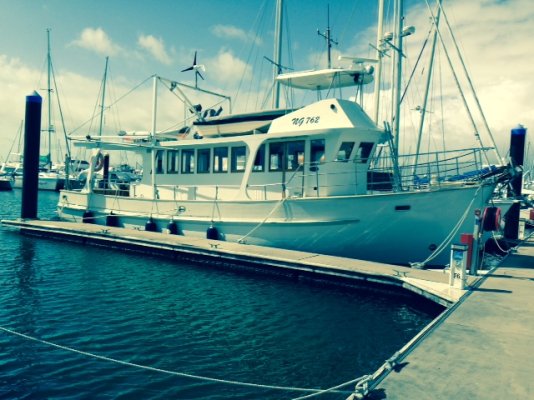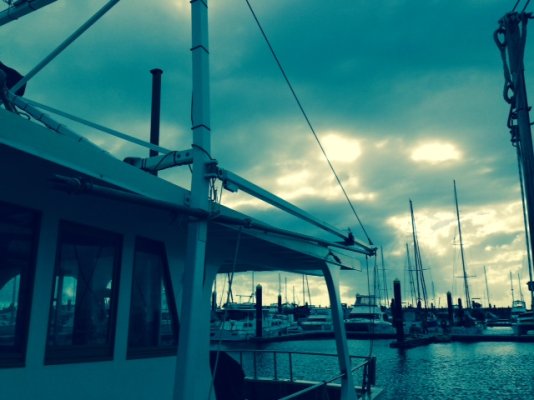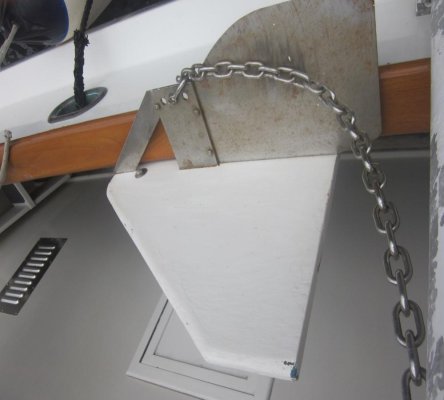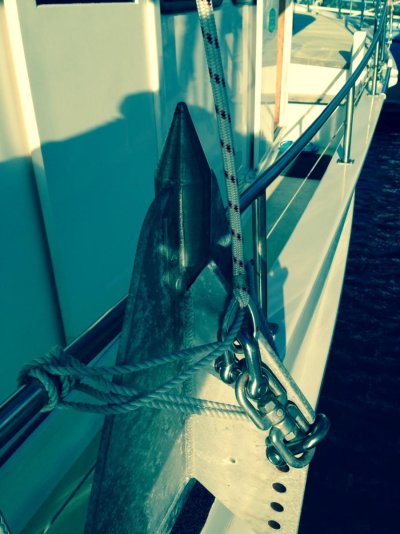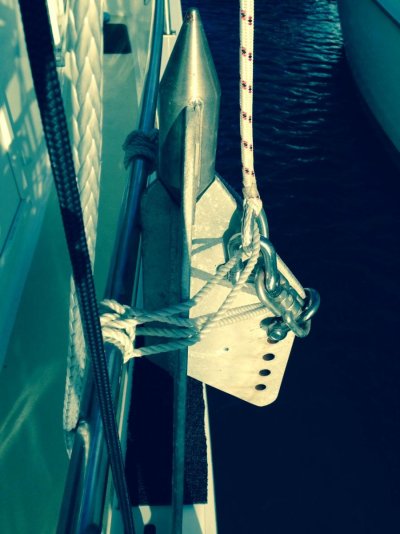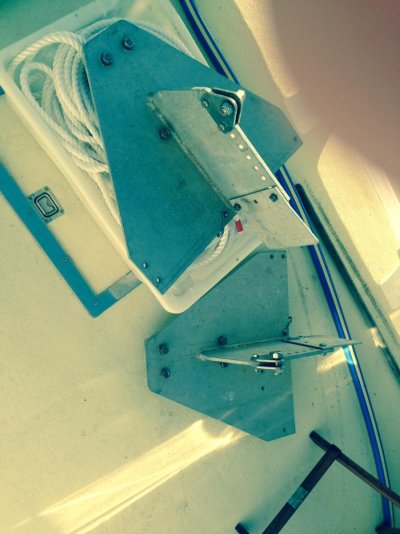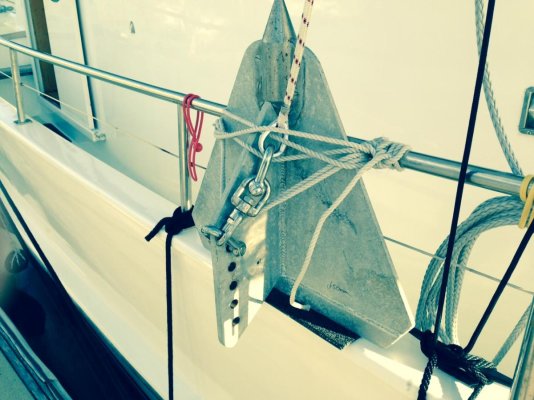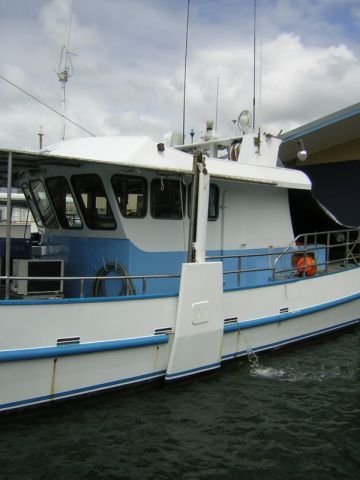John Fiesh
Newbie
Hey!
We are a group of will-be naval architects, studying in the Netherlands. For a reseach-project we are looking for people that have knowledge about bi-directional paravanes to stabilize their ships. With bi-directional we mean that a solid bar will replace the cable that attaches the paravane to the ship. We are unsure if there needs to be joints to make this work or just make a completely fixed setup.
I hope you guys might have some suggestions on reading material or personal experience with this issue.
Kind regards,
Kevin Lute
We are a group of will-be naval architects, studying in the Netherlands. For a reseach-project we are looking for people that have knowledge about bi-directional paravanes to stabilize their ships. With bi-directional we mean that a solid bar will replace the cable that attaches the paravane to the ship. We are unsure if there needs to be joints to make this work or just make a completely fixed setup.
I hope you guys might have some suggestions on reading material or personal experience with this issue.
Kind regards,
Kevin Lute

